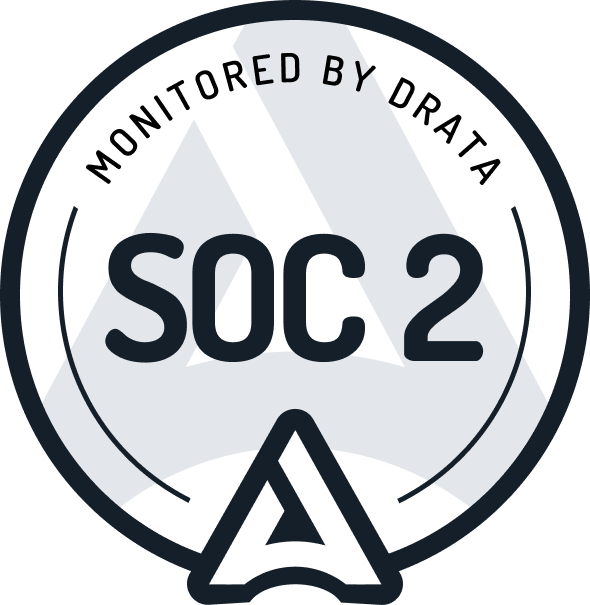Mean time to recovery
What is mean time to recovery?
Mean time to recovery (MTTR) is a software engineering metric that measures the average time it takes for a system to recover from a failure or disruption. The calculation of MTTR involves tracking the time from when an issue starts in production to when the system is fully operational again. To calculate MTTR, you sum up all the recovery times recorded over a given period and then divide by the number of incidents that occurred during that period. This metric helps organizations understand the effectiveness and efficiency of their response to software failures.
Why is mean time to recovery important?
Minimizes downtime. The primary goal of reducing MTTR is to minimize the downtime experienced due to system failures or disruptions. Shorter recovery times mean that the service is restored more quickly, which is crucial for maintaining user satisfaction and trust. In environments where services are critical, such as in banking or healthcare, reducing MTTR can significantly impact operational effectiveness and customer trust.
Improves system reliability. By focusing on reducing MTTR, teams are compelled to enhance their incident management processes and troubleshooting capabilities. This continuous improvement helps in building more reliable systems. Organizations with lower MTTR can handle issues more efficiently, which in turn increases the overall reliability of the system, reducing the frequency and impact of future downtimes.
Enhances team performance. Tracking and striving to improve MTTR can lead to better performance among the IT and development teams. It encourages a proactive approach to incident management and fosters a culture of quick response and resolution. This not only improves the system's performance but also boosts the morale and competency of the teams handling these incidents.
What are the limitations of mean time to recovery?
Does not measure prevention. MTTR focuses solely on the recovery aspect of incidents, not on their prevention. It does not provide insights into how often issues occur or the severity of these issues. This can lead to a scenario where a system might have a good MTTR due to fast recovery processes, but still suffers from frequent failures that could have been mitigated with better preventive measures.
Varies by incident type. The effectiveness of MTTR as a metric can vary greatly depending on the type of incident. Some issues may be quick to detect and resolve, while others might be more complex and require significant time to recover. This variation can make it difficult to use MTTR as a consistent benchmark for system performance across different types of incidents.
Potential for misleading insights. If not used carefully, MTTR can provide misleading insights about the health of the IT infrastructure. For instance, a low MTTR might suggest a responsive and effective IT team, but if the underlying cause of frequent failures is not addressed, the system remains vulnerable. Organizations must use MTTR in conjunction with other metrics to get a comprehensive view of the system's health and performance.
Metrics related to mean time to recovery
Change failure rate. Change failure rate measures the percentage of changes that result in a failure in production. This metric is closely related to MTTR because a higher change failure rate often indicates more frequent recoveries, impacting the average recovery time. By monitoring both metrics, teams can better understand the impact of deployment practices on system stability.
Mean time between failures. Mean time between failures (MTBF) is a metric that measures the average time between failures of a system. It is complementary to MTTR as it provides a measure of reliability and stability. While MTTR focuses on the speed of recovery after a failure, MTBF focuses on the duration of smooth operation before a failure occurs. Together, they offer a comprehensive view of system performance.
Deployment frequency. Deployment frequency tracks how often new software releases are successfully deployed to production. This metric relates to MTTR in that more frequent deployments can lead to a higher number of incidents, potentially affecting the MTTR if the deployments are not stable. Conversely, effective management of deployment frequency can improve MTTR by ensuring that updates are less disruptive and more manageable.

